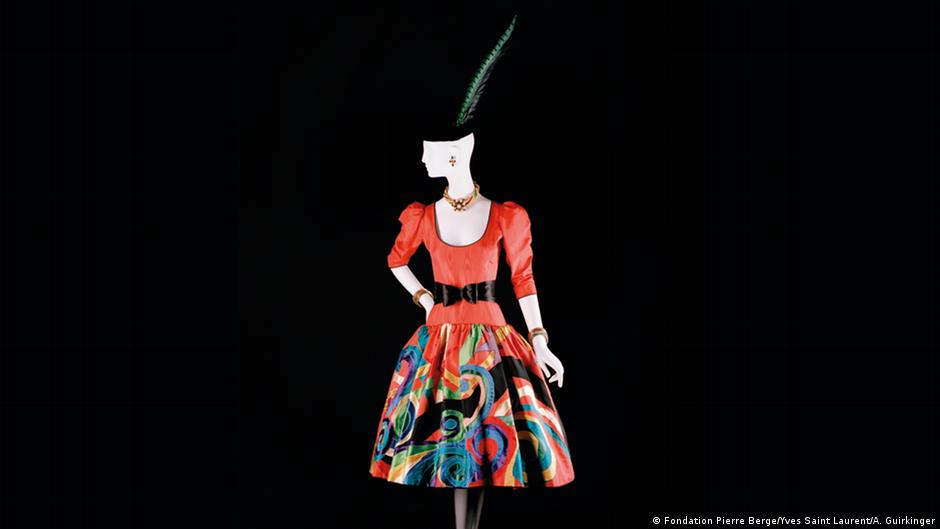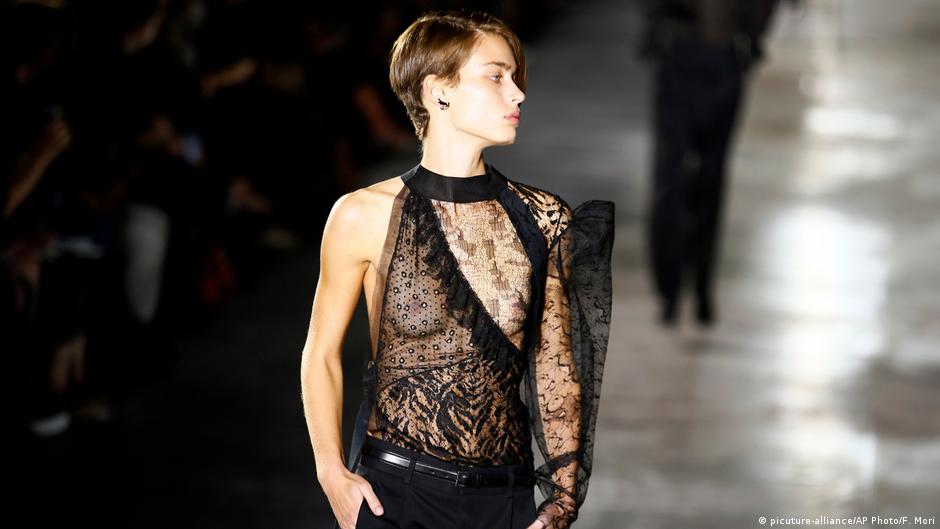Just In
- 16 min ago

- 3 hrs ago

- 7 hrs ago

- 11 hrs ago

Don't Miss
- Movies
 Udne Ki Aasha Update | Neha Harsora On Sailee's Bridal Look Being Similar To Priyanka Chopra's Raat Ke Dhai Ba
Udne Ki Aasha Update | Neha Harsora On Sailee's Bridal Look Being Similar To Priyanka Chopra's Raat Ke Dhai Ba - News
 Bengaluru Park Tragedy: Mother Avenges Daughter's Killer After He Stabs Her To Death
Bengaluru Park Tragedy: Mother Avenges Daughter's Killer After He Stabs Her To Death - Automobiles
 Force Gurkha 5-Door SUV – New Features, Dual Tone Interiors & More
Force Gurkha 5-Door SUV – New Features, Dual Tone Interiors & More - Finance
 100 Grams Of 22K Gold Dearer By Rs 5000 In India: Check Yellow Metal Prices After Latest Rise
100 Grams Of 22K Gold Dearer By Rs 5000 In India: Check Yellow Metal Prices After Latest Rise - Education
 Jharkhand Board Class 10th result 2024 is OUT; Know steps to check the result
Jharkhand Board Class 10th result 2024 is OUT; Know steps to check the result - Technology
 AltStore PAL Launches in Europe – the First Third-Party Apple App Store
AltStore PAL Launches in Europe – the First Third-Party Apple App Store - Sports
 FIDE Candidates Tournament: Praggnanandhaa holds Nepomniachtchi for draw, Gukesh beats Abasov, Vidit loses; Player Standings After Round 12
FIDE Candidates Tournament: Praggnanandhaa holds Nepomniachtchi for draw, Gukesh beats Abasov, Vidit loses; Player Standings After Round 12 - Travel
Telangana's Waterfall: A Serene Escape Into Nature's Marvels
Fashion Designer Yves Saint Laurent Birthday Special: Purveyor of Timeless Style

He's been called a genius, a boy wonder, the Pied Piper of Fashion — that last one courtesy of Diana Vreeland, one time editor-in-chief of fashion bible, Vogue. But perhaps the adjective that best describes late French designer Yves Saint Laurent (YSL) is "revolutionary."
After all, he dressed women in men's clothing, married fashion and art, and had people of color walking down his runway long before diversity became a trending topic.
From Paper Dolls To Dior
Born 85 years ago on August 1, 1936, and raised in Oran, Algeria, Yves Henri Donat Mathieu-Saint-Laurent was a timid schoolboy who was bullied by his peers for being effeminate, and who found refuge in designing clothes for paper dolls. Using scraps of his mother's clothes, he created miniature couture ensembles for his "models," later designing dresses for his mother and sisters.
He moved to Paris at the age of 17. After surpassing his peer and eventual rival, Karl Lagerfeld, in the Dress Design category of the Woolmark Prize competition in 1954, he was hired a year later by Christian Dior, who had been dazzled by his sketches. When Dior unexpectedly died of a heart attack in 1957, Saint Laurent was appointed the brand's new creative director. He was only 21 years old.
The Trapeze line he designed for Dior's spring collection in 1958 heralded his role as an up-and-coming trailblazer in women's wear. Departing from his mentor's signature cinched waist, Saint Laurent's designs featured a lighter, more fluid but no less stylish silhouette that emancipated women's waistlines.
'Fashions Come And Go, But Style Is Forever'
However, it was his iconic "Le Smoking" that would seal his reputation as one of the 20th century's definitive designers. By then, he had left Dior and set up his eponymous label in 1961 with his long-term business (and one-time life) partner, Pierre Berge, who encouraged Saint Laurent's avant-garde aspirations.
In 1966, his Autumn-Winter couture collection featured a black tailored tuxedo with a satin side stripe, worn with a white sheer ruffled shirt. Inspired by the lounge jacket originally created in the 1850s for men in smoking rooms — hence the name — to protect their clothing from the smell of cigars, the idea of women wearing tuxedos as evening wear was, for want of a better word, revolutionary.
This is not to say that women hadn't worn "mannish attires" before. Actresses Marlene Dietrich and Greta Garbo had already done so in the 1930s. Saint Laurent's Le Smoking however stood apart as it was tailored to the female silhouette.
"For a woman, Le Smoking is an indispensable garment with which she finds herself continually in fashion, because it is about style, not fashion. Fashions come and go, but style is forever," Saint Laurent once said.
Gender Fluid Fashion Firsts
The Le Smoking quickly became a symbol of emancipation in the 1960s, and a stuff of legends. Avowed fans included Bianca Jagger who wore a white version — minus ruffled shirt — when she married Rolling Stones frontman Mick Jagger, as well as Saint Laurent's muse, French actress Catherine Deneuve.
When New York socialite, Nan Kempner, was turned away from the city's posh Le Cote Basque restaurant, she dodged the dress code by removing her trousers and wearing just the blazer as a mini dress.
Other traditional male clothing items that he deconstructed and gave a feminine edge included pin stripe suits, safari jackets and jumpsuits. His sheer organza dresses and blouses meanwhile were a nod to the sexual revolution of the 60s.

A Riot Of Colors
A lover of art, his Mondrian shift dress was another notable innovation. Launched in the winter of 1965, his wool jersey and silk A-line cocktail dresses were imprinted with the pop art works of Dutch artist Piet Mondrian, thus setting a new trend of marrying art and haute couture.
For his 1988 Spring-Summer collection, he created four richly embroidered jackets inspired by Vincent van Gogh's Sunflowers and Irises painting.
One of the sunflower jackets, modeled on the catwalk by Naomi Campbell, was sold to the National Gallery of Victoria, Melbourne via auction for €382,000 ($450,993) in 2019.
His adopted second home, Morocco, also influenced his collections, their colors and textures.
"Once I grew sensitive to light and colors, I especially noticed the light on colors … , on every street corner in Marrakesh, you encounter astonishingly vivid groups of men and women, which stand out in a blend of pink, blue, green, and purple caftans," the designer once explained, as quoted on the website of the Yves Saint Laurent Museum in Paris.
Diversity On The Runway
Saint Laurent was also among the first designers to have women of color on his runway. Iman, Katoucha Niane and Dalma Callado are among those who modeled his creations.
"My first Vogue cover ever was because of this man," supermodel Naomi Campbell once told UK's Channel 4 News. "Because when I said to him 'Yves, they won't give me a French Vogue cover, they won't put a Black girl on the cover' and he was like 'I'll take care of that,' and he did."
His fascination with other cultures didn't always go down well. For instance, when he launched a new fragrance to coincide with his Autumn-Winter 1977 collection inspired by China, its name caused an uproar. "Opium" was initially banned in Australia and the Middle East. And a group of Chinese Americans formed the American Coalition Against Opium and Drug Abuse, demanding Saint Laurent change the perfume's name and apologize for "his insensitivity to Chinese history and Chinese-American concerns."
The fragrance flew off the shelves then, and remains a bestseller to this day.

Trailblazing Portfolio — Minus Blue Jeans
His one regret was not having invented blue jeans. "They have expression, modesty, sex appeal and simplicity, all I hope for in my clothes."
In 1983, at the age of 47, Saint Laurent became the first living designer to be recognized with a retrospective at the Costume Institute of the Metropolitan Museum of Art. In 2017, his partner Berge opened two museums — in Paris and in Marrakesh — that display thousands of his garments and sketches.
A smoker throughout his life — North Korean leader Kim Jong-un is said to be partial to YSL cigarettes — Saint Laurent also fought a cocaine and alcohol addiction.
YSL lost his battle to brain cancer on 1 June, 2008.
At his final haute couture show in 2002, he had said, "I always wanted to put myself at the service of women. I wanted to accompany them in the great movement for liberation that occurred last century."
Source: DW
-
 fashion factsFashion Fact: Find Out How French Designer Christian Dior Fathered Both Pencil And A-line Skirts!
fashion factsFashion Fact: Find Out How French Designer Christian Dior Fathered Both Pencil And A-line Skirts! -
 insyncGrace Kelly's Clothes To Be Displayed
insyncGrace Kelly's Clothes To Be Displayed -
 trends n styleMadame A Paris: Embodiment Of Sophistication
trends n styleMadame A Paris: Embodiment Of Sophistication -
 fashionSonam Kapoor Stuns In A Huisang Zhang Skirt Set, A Skirt-Top Style Guide From The OG Fashionista!
fashionSonam Kapoor Stuns In A Huisang Zhang Skirt Set, A Skirt-Top Style Guide From The OG Fashionista! -
 fashionHeeramandi: Designers Rimple And Harpreet Craft Inspiring 300 Outfits, Know The Details Here!
fashionHeeramandi: Designers Rimple And Harpreet Craft Inspiring 300 Outfits, Know The Details Here! -
 fashionSummer Fashion: 6 Tips For Embracing Layering Styles To Keep It Cool And Stylish
fashionSummer Fashion: 6 Tips For Embracing Layering Styles To Keep It Cool And Stylish -
 fashionVerandah Is The First Indian Fashion Brand To Get Sustainability Certification, Know About Butterfly Mark Here
fashionVerandah Is The First Indian Fashion Brand To Get Sustainability Certification, Know About Butterfly Mark Here -
 fashionHow To Choose Earrings For Your Outfits, 6 Tips To Ace The Art Of Jewellery Selection
fashionHow To Choose Earrings For Your Outfits, 6 Tips To Ace The Art Of Jewellery Selection -
 fashionRanbir- Alia 2nd Wedding Anniversary: Couple Gives Minimalist Style Goals For Intimate Celebration, Pics!
fashionRanbir- Alia 2nd Wedding Anniversary: Couple Gives Minimalist Style Goals For Intimate Celebration, Pics! -
 fashionRadhika Merchant's Bridal Shower: Bride-To-Be, Janhvi Kapoor And Their Girl Gang Ace Sleepwear Fashion, Pics!
fashionRadhika Merchant's Bridal Shower: Bride-To-Be, Janhvi Kapoor And Their Girl Gang Ace Sleepwear Fashion, Pics! -
 fashionRanveer Singh-Kriti Sanon Dazzle In Manish Malhotra Banarasi Weave Outfits In Kashi, Watch Video!
fashionRanveer Singh-Kriti Sanon Dazzle In Manish Malhotra Banarasi Weave Outfits In Kashi, Watch Video! -
 fashionPoila Baisakh 2024: 6 Sarees To Mark The Bengali New Year, Bong Beauties Approved!
fashionPoila Baisakh 2024: 6 Sarees To Mark The Bengali New Year, Bong Beauties Approved!


 Click it and Unblock the Notifications
Click it and Unblock the Notifications



